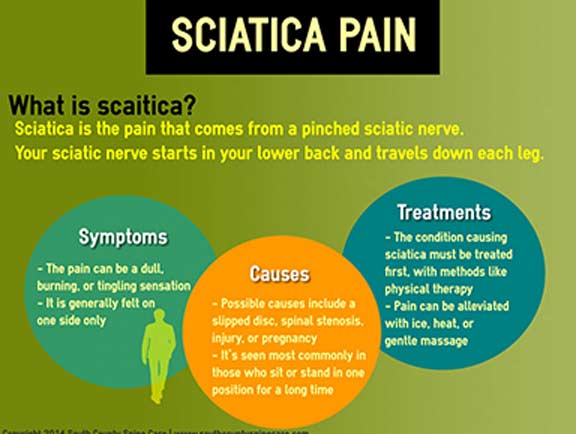Typical Daily Practices That Cause Back Pain And Tips For Staying Clear Of Them
Typical Daily Practices That Cause Back Pain And Tips For Staying Clear Of Them
Blog Article
Content Author-Love Schaefer
Keeping appropriate posture and avoiding common challenges in everyday activities can significantly affect your back wellness. From just how you sit at your desk to how you lift heavy items, small adjustments can make a large distinction. Visualize a day without the nagging pain in the back that hinders your every move; the solution might be less complex than you believe. By making a couple of tweaks to your everyday habits, you could be on your way to a pain-free existence.
Poor Pose and Sedentary Way Of Life
Poor pose and a sedentary lifestyle are 2 major contributors to back pain. When you slouch or hunch over while sitting or standing, you placed unneeded strain on your back muscular tissues and back. This can cause muscle mass imbalances, stress, and at some point, persistent pain in the back. Additionally, sitting for long periods without breaks or exercise can damage your back muscles and bring about rigidity and discomfort.
To deal with bad stance, make a mindful effort to rest and stand straight with your shoulders back and lined up with your ears. Keep in mind to maintain your feet flat on the ground and prevent crossing your legs for extensive durations.
Incorporating routine stretching and reinforcing workouts into your everyday regimen can likewise assist boost your position and minimize back pain associated with an inactive way of life.
Incorrect Lifting Techniques
Inappropriate lifting methods can significantly contribute to pain in the back and injuries. When you raise hefty items, keep in mind to flex your knees and utilize your legs to raise, as opposed to counting on your back muscular tissues. Prevent twisting your body while training and maintain the item near your body to reduce strain on your back. It's essential to keep a straight back and avoid rounding your shoulders while raising to prevent unnecessary pressure on your back.
Constantly examine the weight of the things prior to lifting it. If it's too heavy, request for assistance or use equipment like a dolly or cart to transport it securely.
Bear in mind to take breaks throughout raising tasks to provide your back muscles a chance to relax and prevent overexertion. By executing see it here lifting techniques, you can protect against pain in the back and lower the danger of injuries, guaranteeing your back stays healthy and balanced and solid for the long term.
Lack of Routine Workout and Stretching
A less active way of life without normal exercise and extending can substantially contribute to pain in the back and discomfort. When https://www.theglobeandmail.com/life/health-and-fitness/ask-a-health-expert/my-sciatic-pain-is-almost-unbearable-what-can-i-do/article12180147/ don't engage in physical activity, your muscles become weak and stringent, leading to bad posture and enhanced pressure on your back. Routine exercise aids strengthen the muscular tissues that sustain your back, enhancing stability and reducing the threat of back pain. Including extending into your regimen can likewise enhance adaptability, avoiding tightness and pain in your back muscular tissues.
To avoid pain in the back brought on by a lack of exercise and extending, go for at least half an hour of modest physical activity most days of the week. Include workouts that target your core muscles, as a solid core can help relieve pressure on your back.
In addition, take breaks to stretch and move throughout the day, particularly if you have a workdesk job. Simple stretches like touching your toes or doing shoulder rolls can help ease stress and protect against pain in the back. Prioritizing normal workout and extending can go a long way in maintaining a healthy and balanced back and reducing discomfort.
Conclusion
So, bear in mind to sit up directly, lift with your legs, and stay active to stop pain in the back. By making easy changes to your day-to-day practices, you can avoid the discomfort and constraints that feature pain in the back. Deal with your spinal column and muscular tissues by practicing great pose, appropriate training techniques, and regular exercise. Your back will thank you for it!
